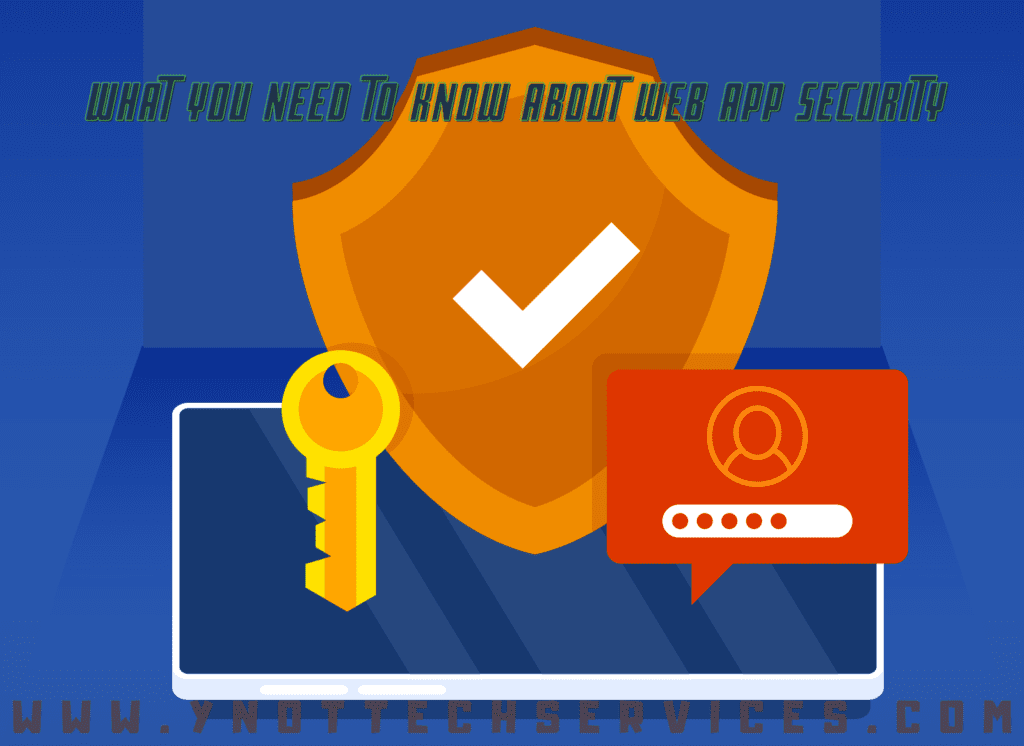What You Need to Know About Web App Security
There’s an app for that! Even for business purposes, you can bet this is the case. Yet a small business may be using online applications without understanding the risks. Here’s help.
Most businesses no longer have all their technology and software solutions on-site. The old cybersecurity perimeter around the IT premises is no longer going to be enough, not with so many applications available to you online and in the cloud.
Think of it this way: a firewall perimeter is like a moat around your business castle. No one could get in without crossing the drawbridge. That worked well before to secure your locally hosted server and desktop computers. Now, though, companies are relying more on cloud vendors and Software as a Service (SaaS), which means hackers could get in without using the drawbridge or crossing the moat. It’s like an alien invasion: cybercriminals teleport in without you even knowing it.
This is a big challenge for cybersecurity. Web apps are different from what you host in your secure company environment. Information is transmitted online. The solution itself is often hosted in the public cloud.
The big breaches so far of 2021 are examples of this threat:
In Ubiquiti’s cloud service for networking equipment and IoT device vendors, a data breach risked untold numbers of usernames, emails, phone numbers, and passwords.
A Microsoft Exchange server breach left more than 30,000 American companies scrambling. The computer giant had to hurry to patch an exploit believed to have originated in China.
An exploit of SolarWinds’s network management platform, Orion, is attributed to Russia. The breach targeted the U.S. Secretary of State and the government departments of Homeland Security and Commerce, plus the Treasury. Microsoft, Intel, Cisco, and Deloitte were also affected.
How to Amp Up Your Web App Security
Step 1: Inventory Your Web Apps
You need to know what you are using to fortify your defences. This can also mean surveying employees about their use of unauthorized apps (known as Shadow IT). They likely mean no harm, but by downloading third-party apps IT doesn’t know about, they put your protection at risk.
The size or type of Web app doesn’t matter. IT needs to know every application the company and its employees are using.
Step 2: Enhance Security Measures
Turn on multi-factor authentication (MFA). Two-factor authentication (2FA) or similar provides an added barrier for the bad actor. Use complex and unique passwords for every web app login. Done right, you can cut the user experience friction and stymy the cybercriminal.
Step 3: Backup Your Data
If the worst does happen, you want immediate access to a backup of your important systems, as it can reduce your downtime. A current backup can also reduce the risk of your having to give in to a ransomware demand.
With cloud-based apps, business owners forget to backup data that was generated in the cloud. You will either want a third-party service to back up the data on your cloud services or to download a copy to a local computer.
Step 4: Track Third-Party Vendor and Cybersecurity News
With the inventory you completed in step 1, you’ll know what apps to follow. You might set an alert for announcements about those brands and “breach.” Also, make sure that your contact information with the third-party vendor is current. That way, you are sure to get any notifications they might make. Plus, immediately install any patches and security updates they provide.
Working with an IT company can help you beef up your security measures. Consider us the brave knights on the barricades helping to keep an eye out for attackers. A managed service provider can inventory your apps and make sure you are working safely. Book An appointment today:



